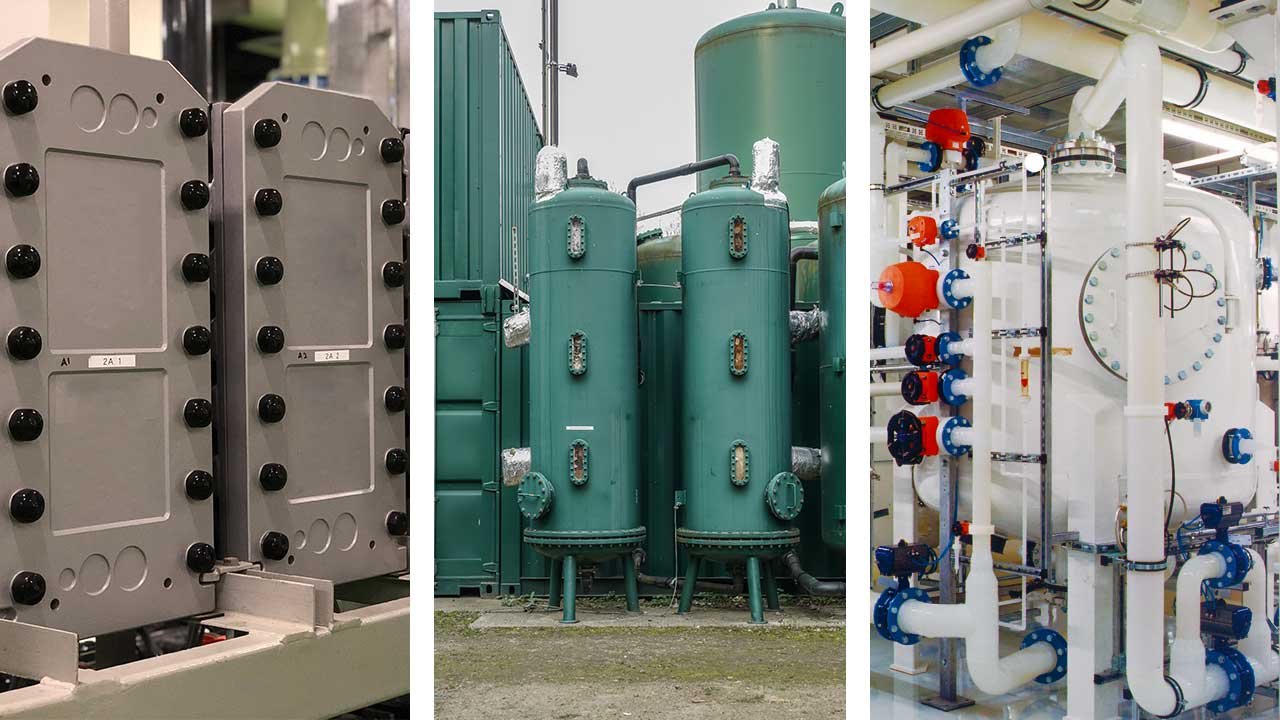Post-Treatment
Post-Treatment
Lorem ipsum dolor sit amet, consectetur adipiscing elit, sed do eiusmod tempor incididunt ut labore et dolore magna aliqua. Quis ipsum suspendisse ultrices gravida. Risus commodo viverra maecenas accumsan lacus vel facilisis.
Browse Other Water and Wastewater Treatment Technologies
Our Services
Download (.PDF,250KB)
Catalog 2021
Download (.PDF,250KB)
Product presentation
Watch
Latest promo video
Water and Wastewater Post-Treatment Process
The post-treatment process encompasses crucial steps aimed at maintaining wastewater stability, disinfection, corrosion control in water supply systems, and potential processes like degasification or air stripping. Key concerns for power and treatment plants during post-treatment involve effluent composition, mineral content introduced during treatment stages, disinfection, and storage materials for final effluent. Various methods are employed for post-treatment, including Electrodeionization (EDI), Mixed Bed, and Ion Exchange.
Electrodeionization method (EDI)
Ion-Exchange method
Mixed Bed method
Zirsakht Tadbir Arian (ZETA) Company selects the most appropriate method, considering regulatory requirements, system design, water quality criteria, and water chemistry. Utilizing cutting-edge technologies and equipment, ZETA excels in executing these processes, ensuring optimal results.

Single Service
Downloads
Lorem ipsum dolor sit amet, consectetur adipiscing elit. Ut elit tellus, luctus nec ullamcorper mattis, pulvinar dapibus leo. Lorem ipsum dolor sit amet, consectetur adipiscing elit.
- Download bochure (DOC)
- Download bochure (PDF)
- Rules about service apply generally
- Users manual
